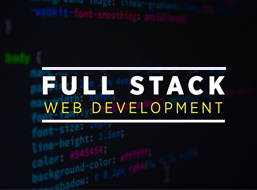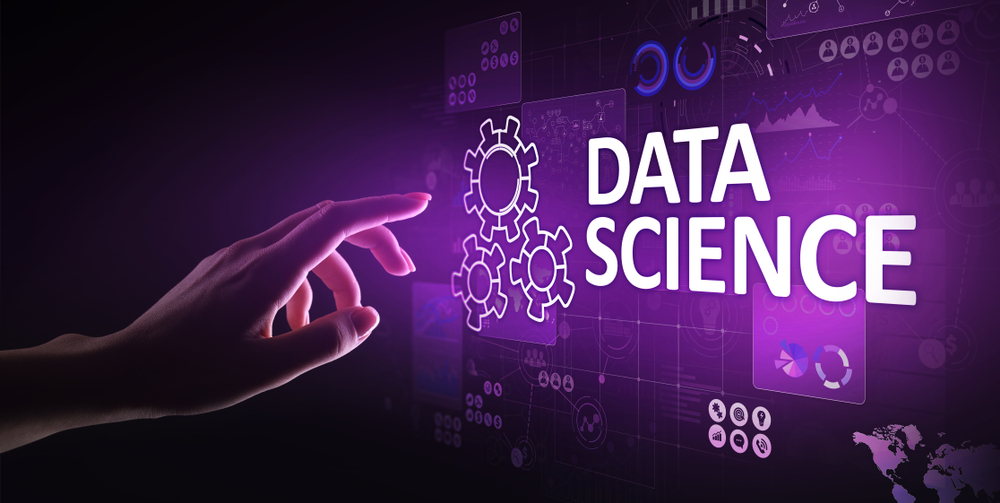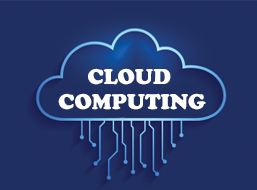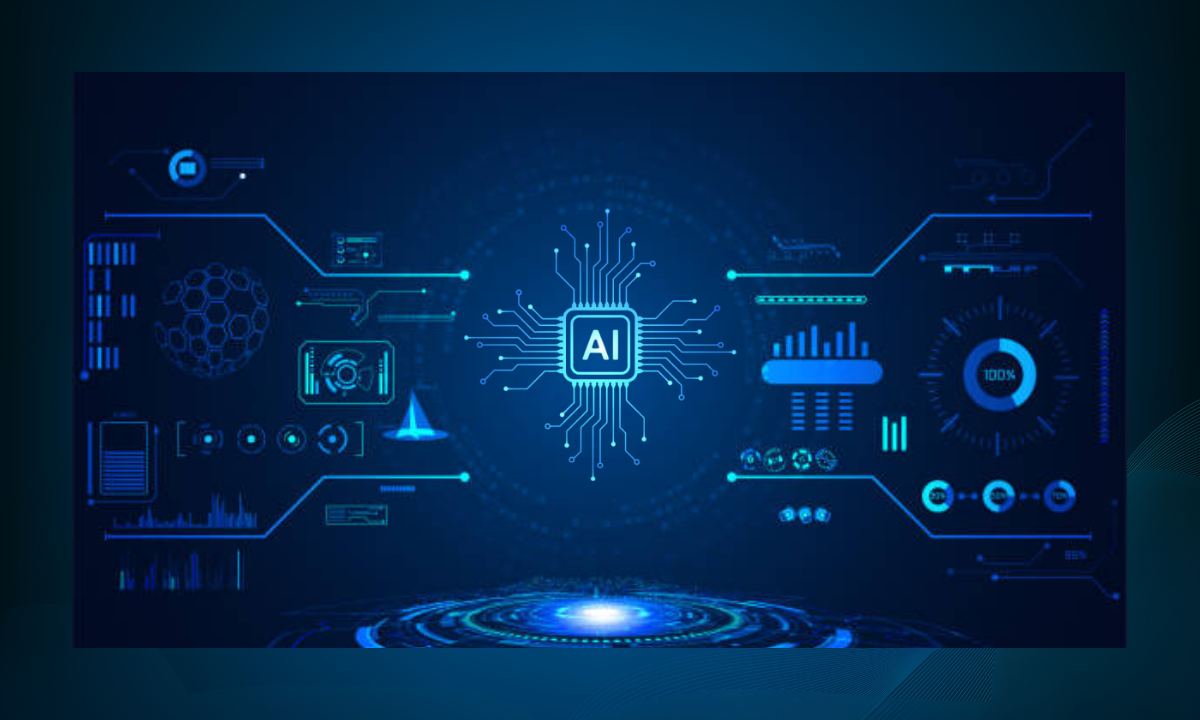Table of contents:
|
1. What Is Data Visualization? |
|
2. What Is Data Visualization in AI? / Data Visualization with AI |
|
3. Data Visualization Methods / Types |
|
4. Data Visualization Tools |
|
5. Why Data Visualization in AI Matters Today |
|
6. Using AI in Practice: Some Examples |
|
7. Challenges & Best Practices |
|
8. Training Institutes & AI Courses in Bangalore |
|
9. Wrapping Up |
|
10. FAQs |
When I first introduced students at Apponix to data visualization, I explained it as more than pretty charts; it’s the art and science of transforming raw numbers into stories people can understand, explore, and act on. In today’s age, data visualization is supercharged by AI, making it smarter, faster, and far more accessible.
What Is Data Visualization?
At its core, what is data visualization? It’s the process of converting data into visual formats, graphs, charts, maps, and dashboards, so that patterns, trends, and outliers become evident at a glance. Good visualization helps both technical and non-technical audiences see the meaning behind the numbers, without drowning in tables or spreadsheets.
What Is Data Visualization in AI? / Data Visualization with AI
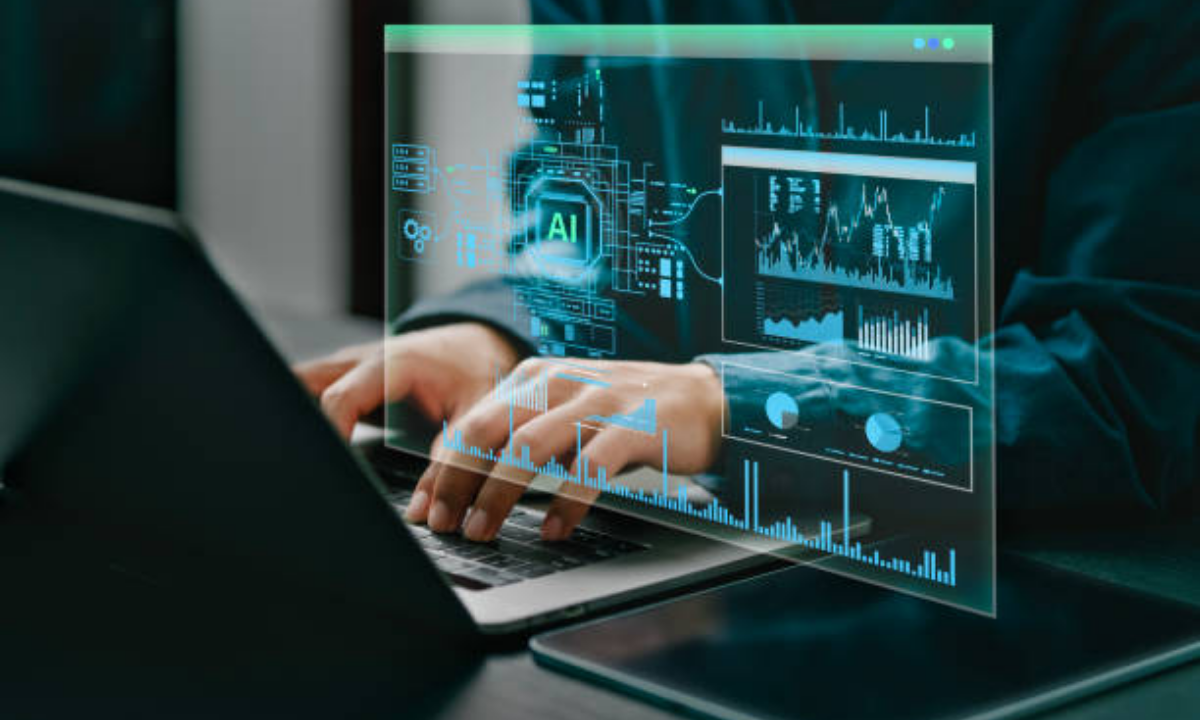
When we bring artificial intelligence into the picture, the question becomes: What is data visualization in AI? It means letting AI models assist or even drive the creation of visualizations. Instead of manually building charts, AI can:
-
Analyze large and complex datasets to detect patterns or anomalies.
-
Auto-suggest relevant visual forms based on the data and user queries.
-
Update visualizations dynamically in real time as data streams evolve.
-
Tailor views to different users’ needs (e.g. a manager sees KPIs; an analyst sees deep trends).
In other words, data visualization in AI becomes less a manual craft and more a guided, intelligent experience. AI can help with data cleaning, feature selection, and auto-layout of charts. The result is a tighter feedback loop: data, insights and decisions.
Since AI can surface subtleties humans might miss, the combination is powerful. As I teach, this is no longer optional; it is fast becoming the standard in analytics practice.
Data Visualization Methods / Types
To use AI smartly, you still need to know foundational data visualization methods and types. In my workshops, I emphasize the importance of selecting the right form for the data story you wish to tell. Some common types include:
-
Bar charts/column charts, for comparing categories.
-
Line charts, for trends over time.
-
Scatter plots, to show relationships between two numeric variables.
-
Heatmaps, for density or correlation matrices.
-
Pie charts/donut charts, for proportions (used sparingly).
-
Area charts / stacked area, for cumulative trends.
-
Tree maps/sunburst charts, for hierarchical data.
-
Network / node-link diagrams, to show connections or relationships.
-
Geographic maps, overlaying data on maps for spatial insights.
-
Interactive dashboards, combining multiple visuals, filters, and drill-downs.
When AI assists, it may recommend which types are most suited, or even switch types dynamically based on user input or context.
Data Visualization Tools
I always tell students: knowing tools is as important as knowing methods. Here are the kinds of data visualization tools typically used, especially when AI features are embedded:
-
Tableau and Power BI, mainstream BI tools, are now adding AI capabilities (automated insights, natural language queries).
-
Looker, Qlik Sense, and Sisense offer augmented analytics modules.
-
AI-driven tools like ThoughtSpot which allow you to ask natural language questions and generate visuals.
-
Tools that incorporate generative AI to build charts or suggest visual narratives based on data.
-
Custom Python/R libraries combined with AI modules, for example, using machine learning to pick features and then visualize with libraries like Matplotlib, Seaborn, or Plotly.
-
Low-code or no-code tools enhanced by AI, letting non-technical users visualize data with minimal effort.
By combining tool knowledge with AI principles, students at Apponix can work with enterprise datasets and build dashboards that adapt to evolving business needs.
Why Data Visualization in AI Matters Today
Over the years, I've witnessed three major shifts making data visualization with AI indispensable:
-
Data volume & complexity are exploding. Manual charting just can’t keep up anymore.
-
Speed demands are high, and business decisions need visuals in near real time. AI helps automate much of the heavy lifting (data prep, chart generation).
-
Democratization of analytics, with AI, even non-analysts can engage with data through visual exploration, natural language queries, and guided dashboards.
These changes are catalyzing growth in industries across sectors. As one recent article puts it, AI is elevating data visualization from static graphs to smart, interactive dashboards that update in real time. Also, automation is playing a key role: AI will take over many of the tedious parts of preparing visuals.
Using AI in Practice: Some Examples
In my trainings at Apponix, I often give students use cases to solidify learning:
-
Predictive dashboards: AI models forecast key metrics (e.g. sales, churn), and the visualization shows expected trajectories plus confidence intervals.
-
Anomaly detection: AI flags outliers in large time-series data; visualization highlights them visually (e.g. spikes, color coding).
-
Smart summarization: Users ask "Which product lines underperformed?" and AI generates a bar chart and summary narrative.
-
Adaptive visuals for different roles: The same dashboard adapts view context for a CEO (high-level KPIs) vs. an operations manager (drill-down metrics).
-
Automated chart generation from text or reports: AI tools now can convert spreadsheets or narrative text into charts automatically (e.g. Google’s Gemini in Sheets generating charts)
These examples make data interactions more intuitive and actionable.
Challenges & Best Practices
While AI enhances visualization, we must remain cautious. In my sessions, I emphasize the following:
-
Avoid misleading charts: AI may suggest visual forms that distort interpretation. Human oversight is critical.
-
Transparency & explainability: Especially with AI-driven suggestions, users should understand why a visualization was chosen.
-
Bias and fairness: If the training data is biased, AI might generate biased visual representations.
-
Performance concerns: Real-time updating of visual dashboards on big data needs optimized pipelines.
-
Privacy/ethics: Sensitive data should be handled carefully when exposing visuals.
I use real-world exercises at Apponix to teach students how to validate and critique AI-suggested visuals.
Training Institutes & AI Courses in Bangalore
If you’re looking to level up in this domain, Bangalore is one of the best places to be. As a trainer, I often compare Apponix’s offerings with what’s out there:
-
Many Artificial intelligence courses in Bangalore include modules on data visualization, AI, machine learning, and analytics. For instance, Besant Technologies’ AI training covers visualization tools like Tableau, SQL, and Power BI as part of their program.
-
There are specialized data visualization courses in Bangalore (e.g. Power BI visualization training) covering data modeling, chart design, dashboards, and interaction.
-
Choosing a training institute in Bangalore means looking for those offering hands-on projects, exposure to AI-enhanced visualization tools, and mentorship, exactly what we provide at Apponix.
At Apponix Training Institute in Bangalore, we strive to teach both the foundational principles and the latest AI-driven enhancements, so learners graduate ready to deliver analytics that matter.
Wrapping Up
In my role as a trainer at Apponix, I’ve seen firsthand how data visualization evolves daily under the influence of AI. It’s no longer sufficient to build static reports; modern analytics demands dashboards that think, adapt, and engage. Understanding what is data visualization in AI, mastering core data visualization methods and types, and being fluent in data visualization tools are essential.
When AI joins the mix, visualization becomes an active partner in insight discovery, not just a passive display. That’s the shift I aim to instill in every student in our artificial intelligence course in Bangalore.
At Apponix, our commitment is to train you not just in visualization, but in the future of visualization powered by AI. If you choose to train with us, you’ll learn how to design smart dashboards, use AI tools, and deliver analytics that move organizations forward.
FAQs
Q: What is data visualization, and why is it important?
As I teach, data visualization is the creative and structured way of showing data visually so that insights become obvious. It helps stakeholders understand trends and make informed decisions quickly.
Q: How does data visualization in AI differ from traditional visualization?
With AI, visualization becomes semi-automated or adaptive. AI can suggest chart types, detect patterns, and refresh visuals as data changes — reducing manual work and enhancing insight.
Q: What types of data visualization should I learn first?
Start with basics—bar charts, line charts, scatter plots, heatmaps—and then expand into dashboards, geographic maps, and hierarchical visuals. The right method depends on what story your data tells.
Q: Which data visualization tools should I focus on?
You should be familiar with mainstream tools like Tableau, Power BI, Looker, plus at least one AI-enabled tool. Also, understanding Python/R libraries helps you customize when needed.
Q: Can I learn data visualization with AI through an institute in Bangalore?
Yes, many training institutes in Bangalore now offer courses in data visualization integrated with AI and machine learning. At Apponix, we emphasize hands-on learning with current tools, real datasets, and mentorship so you become industry-ready.
